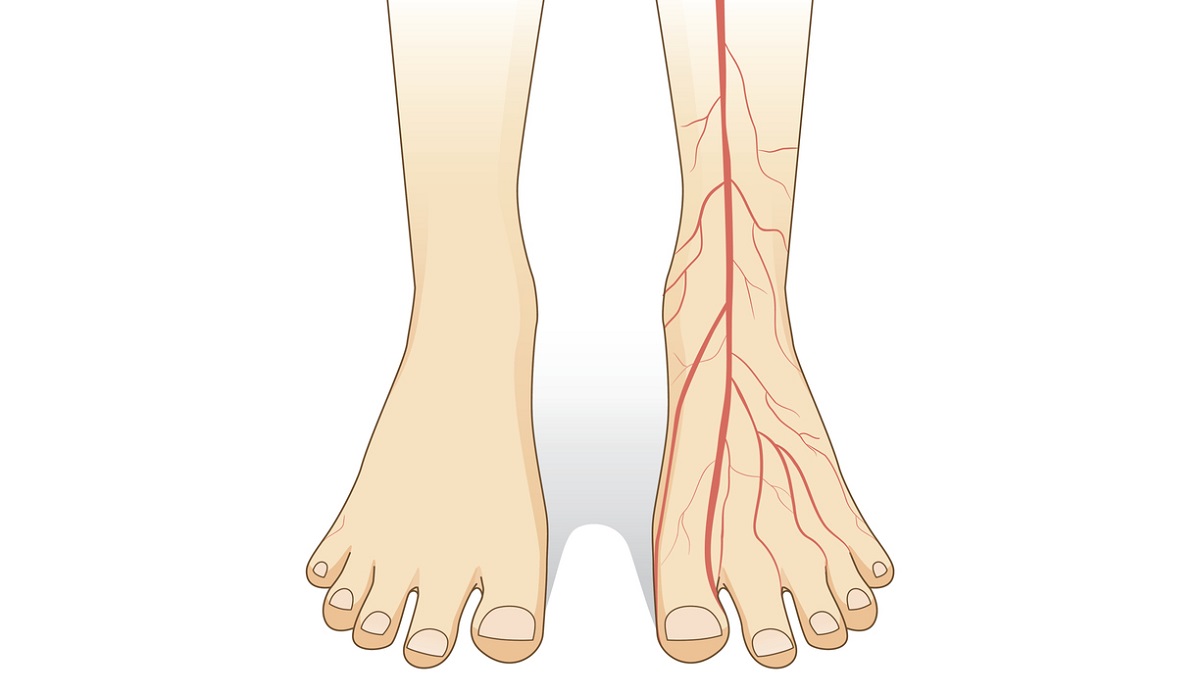Urinary incontinence is a term that basically describes any condition that makes it hard to control your bladder. Obviously, it’s not an easy thing to live with. It’s embarrassing, obviously. But many conditions that cause incontinence are very painful as well.
And if you have fibromyalgia, there’s a good chance that you’ve struggled with bladder issues at some point. Studies have shown that a large percentage of people with fibromyalgia struggle with bladder control issues and pelvic pain.
So, what is the link between bladder issues and fibromyalgia? And what can you do about it?
Urinary Incontinence and Fibromyalgia
We usually imagine urinary incontinence as something that makes you suddenly urinate, or “wet your pants,” so to speak. But that’s not exactly accurate. More often, urinary incontinence is more like a weakened control over the muscles that control your bladder.
While sometimes it is difficult to get to a bathroom in time, more often an episode of incontinence causes urine to leak out slowly in small amounts. And there are actually a few different kinds of incontinence.
For instance, there’s something called stress incontinence. It’s caused by a sudden event, like a sneeze or laugh, that causes you to lose control of your bladder. Something similar is urge incontinence. Urge incontinence occurs when you suddenly have an intense need to urinate and you suddenly lose control over the bladder, allowing a small stream of urine to escape.
Click Here to Visit the Store and find Much More….
Urge incontinence is actually the most common type that people with fibromyalgia struggle with. Essentially, it occurs when you have a sudden, powerful need to urinate along with a minor leak. Although we aren’t sure what causes it, many people with fibromyalgia report having frequent urges to urinate. They usually occur at night, which can mean interrupting sleep to attend to the need to use the bathroom. As you can imagine, this isn’t the type of symptom you want to struggle with when you have a condition that causes chronic fatigue.
In addition, many people with fibromyalgia report chronic pain in their pelvis, along with frequent urges to urinate. This is a condition known as painful bladder syndrome (PBS). PBS is actually not one condition, but several. Any condition that causes these symptoms is considered to fall under the umbrella of PBS.
When it comes to fibromyalgia, the best explanation for PBS symptoms may be neurological. Fibromyalgia seems to affect the nervous system. And we know that other neurological conditions can cause urge incontinence by triggering the nerves that control the bladder. But until we understand more about the condition, we can’t say for sure why fibromyalgia leads to bladder problems.
Luckily, there are a few things you can do to manage the condition.
What Can You Do To Manage It?
Obviously, if you’re experiencing urinary incontinence, you want to see a doctor and find a way to treat it. More importantly, it can sometimes be a sign of more serious health problems, so getting it checked out by a professional is always a good idea. Your doctor may also be able to find out what’s causing your condition. Just because you have fibromyalgia doesn’t necessarily mean that it’s causing your bladder problems. You might actually have one of a wide range of other conditions.
As far as managing the condition goes, there are a few lifestyle changes you can make that will help limit the urge to urinate. There are many different foods and drinks that act to stimulate the bladder and make urges worse. Anything with caffeine, for instance, works as a diuretic and triggers your bladder. So do alcohol, artificial sweeteners, and even chocolate.
Limiting your consumption of these things can help reduce the amount of urine you produce and help manage your bladder. And maintaining a healthy weight takes the pressure off your bladder, which can also help. Finally, smoking increases the amount of bladder trouble you will have, so quitting can help.
Doctors recommend a number of treatments to help control the need to urinate. They may instruct you in some pelvic control exercises that strengthen the muscles that control the bladder. This can help you hold in your urine more effectively.
In addition, you can actually strengthen your control over your bladder by waiting a few extra minutes every time you need to use the bathroom. This trains your body to hold urine in more effectively.
Finally, “double voiding,” or using the bathroom than trying again in a few minutes, can help empty your bladder more thoroughly and prevent the need to urinate.
So, have you ever experienced bladder problems with fibromyalgia? What did you do to treat it? Let us know in the comments.

Click Here to Visit the Store and find Much More….
For More Information Related to Fibromyalgia Visit below sites:
References:
Fibromyalgia Contact Us Directly
Click here to Contact us Directly on Inbox
Official Fibromyalgia Blogs
Click here to Get the latest Chronic illness Updates
Fibromyalgia Stores
